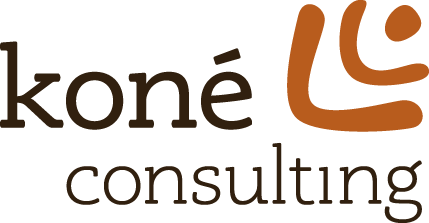Our homemade mask production process
Click here for Cafe Vitale’s website
With the constant stream of orders for our Victory Masks, we have decided to bring you to the backstage of mask production. It all started with a pattern in 3 sizes and a video from freesewing.org by joost. We took this process and started a production line in our living room that extended onto our dining room table. We then cut up hypoallergenic sheet material with those patterns and sewed them together making the inner liners for the masks. Next was to do the same thing but with fabric, this is where we got to use our creative side.
The amount of fabric we started this project with almost seemed infinite, my mother has been collecting and sewing clothing from it for years. We could take any pattern and color we wanted and could match it with another, sew them together and then we had the outside liner. Next step is to sew elastic into the sides and then trim and press the completed mask.
This was originally a slow system, which was fine because we were just making it for our family and friends. Once we made the decision to start selling them, we needed to make the assembly more efficient to keep up with the volume of orders. It was only fitting to practice what Koné Consulting preaches and implement lean principles. We value stream mapped our entire process from the moment an order comes in to when it is dropped off at the post office. We then split up the process into five steps and calculated processing time, wait time and our percentage of error. Remarkably, our error rate was less than 5 percent in each section, but our lead time needed improvement.
Our next stage of production led us to assign specific tasks for each person in the Koné Compound. Zoumi and Kat were the designers who did the cutting of fabric and liners. One would cut out liners while the other would pick fabrics based on the customer’s request and cut those out. Alicia would do all the sewing, every single stitch in a mask was delicately completed by her. Occasionally one of the designers would do another job. They would trim the extra thread and seam allowance off the masks and return them for their final stitching and elastic or ribbon. Isaac would then take all the completed masks, do a final quality check and prepare them for shipping. This process improvement cut down on production time enough to allow us to complete other KC work.
Now, the process has morphed a little bit. Erika is making liners in her home for us so when a mask order comes in, liners are ready to go. As well as Zoumi taking on a bit of the sewing to give Alicia more time to do client work. The process will continue to change as we find increasingly efficient ways of producing our Victory Masks and keeping customers happy.
-Isaac
Get a Victory Mask here!
*click to scroll





